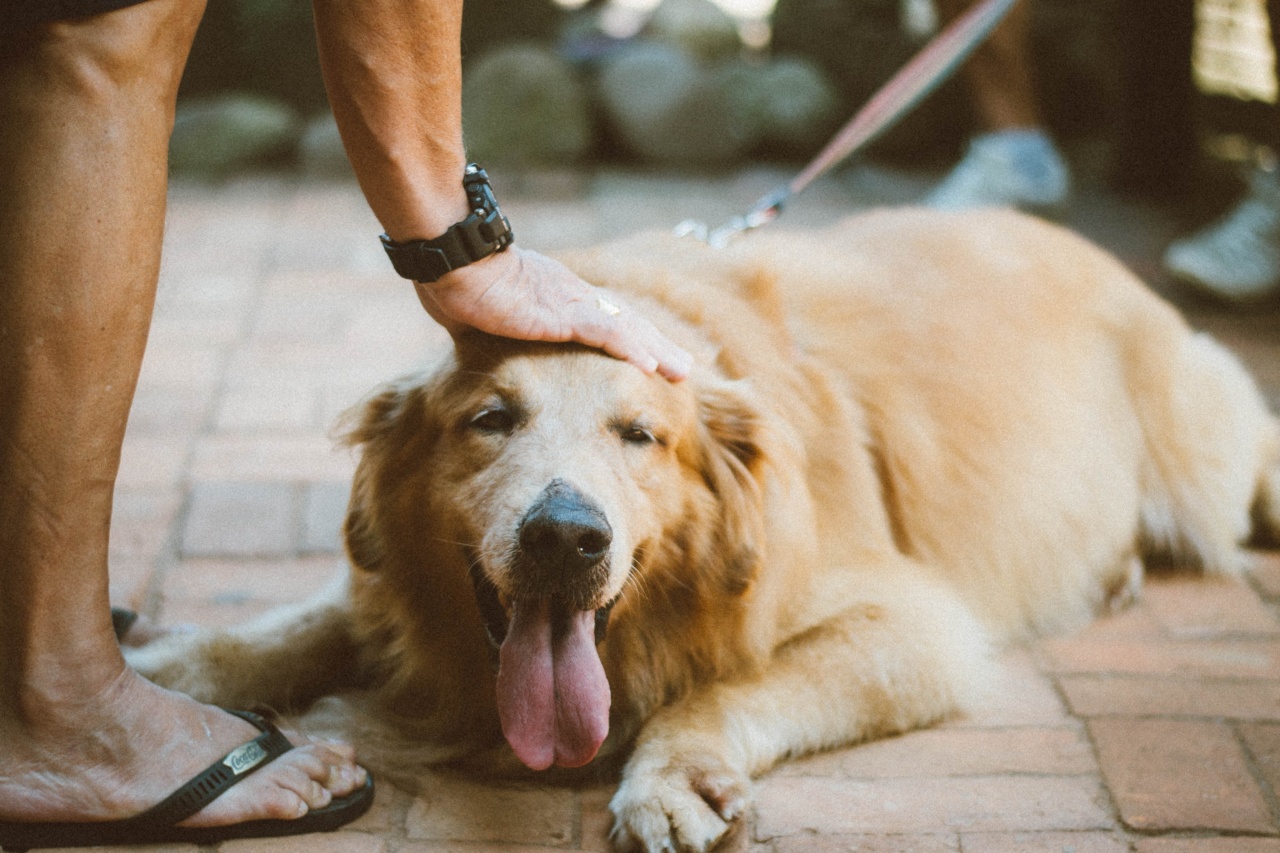Dogs are not just our pets but also our companions. We all want them to stay healthy, happy, and live a comfortable life. To achieve this, we must pay attention to their behavior, especially if any behavior is new or abnormal.
Foot riding is a common habit among canines. It is often misunderstood, and pet parents wonder if their dogs are in pain or discomfort. This article aims to shed light on foot riding and other habits that dogs exhibit to communicate with us.
What is Foot Riding?
Foot riding or Paddling is a habit that dogs exhibit by repeatedly lifting and lowering one paw. This behavior is common in puppies, and they usually outgrow the habit as they mature.
However, in some cases, dogs continue to paddle even when they are older.
Dogs paddle for many reasons. Sometimes it’s just a reaction to excitement, and other times it may denote anxiety or pain. When dogs are happy and excited, they may paddle to show their joy, and they often wag their tails along with it.
They may also paddle when they want something, such as food or attention. Dogs may exhibit this behavior when you come home after a long day at work, indicating their excitement to see you.
Some dogs tend to paddle out of stress or anxiety. If your dog’s paddling is accompanied by other behaviors such as trembling, increased heart rate, or heavy panting, it may denote anxiety.
When this is the case, it’s best to keep your dog calm and comforted. You may want to crate your dog or create a quiet place where they can relax.
Pain is another reason why dogs may paddle. If your dog is paddling, especially if it is a new behavior, have them checked by a veterinarian. They may have an underlying condition that needs attention.
Why Do Dogs Lick Their Feet?
Dogs are prone to lick their feet, and as with foot riding, the behavior may have many reasons. One reason dogs may lick their feet is for cleaning purposes. However, excessive licking may indicate an underlying condition such as allergies or anxiety.
If your dog has allergies, licking their feet may help them relieve the itchiness. You may notice that your dog’s feet are red, swollen, or irritated. This could be due to their diet, the carpet, grass, or even pollen.
It’s best to consult with a veterinarian to help you determine the cause of the allergies so that you can effectively treat them.
Stress and anxiety may also cause a dog to lick their feet. When your pet is nervous, they may lick their paws as a way to calm themselves. Boredom is another reason why dogs may lick their feet.
If your dog is left alone for long periods, they may develop the habit of licking their feet as a way to pass the time.
Rolling in Foul Smells
Have you ever seen your dog roll in foul smells such as manure, garbage, or even their poop? This behavior tends to gross us out, but to our dogs, it’s a fun activity.
While it is easy to assume that dogs enjoy the smell of gross things, that is not the case. In fact, studies suggest that dogs may be rolling in these smells to mask their scent and make them less noticeable to prey or predators.
Another theory as to why dogs roll in foul smells is that they may be marking their territory. Dogs have scent glands on their face and paws and rolling in foul smells help them spread their scent.
Why Do Dogs Follow You Everywhere?
Dogs are pack animals, and by nature, they prefer to be in the company of their pack– be it their human family or other dogs.
That said, if your dog is following you everywhere, it may be because he or she feels they are part of your pack, and they want to stay near you. Dogs are social creatures that crave human affection and attention.
Dogs also like to explore their environment, and if you’re moving around, your pet will follow you to see where you are going and what you are doing.
Sometimes it’s just a way to be near their favorite humans, and sometimes it may be a sign that your dog is anxious or worried.
What Does It Mean When Your Dog Tilts Its Head?
Have you ever noticed your dog tilting their head when you’re talking to them? This behavior is adorable, and while it’s hard to know precisely what your dog is thinking, it can be an indicated response they make when trying to understand what you are saying.
Since dogs can’t talk, they have to rely on other senses to communicate.
When your dog tilts their head, they are so focusing on listening, and they are trying to get a better view of your facial expressions and body language so that they can understand you better. That’s why you may notice your dog tilting their head when you ask them if they want to go for a walk, and they always seem to know that word and happily obey!.
Why Do Dogs Chew on Things?
Dogs love to chew on things. It’s not only a natural behavior but also a way for them to relieve stress, boredom, and discomfort from teething.
However, chewing can be a problem when your dog decides to chew up your favorite shoes, furniture, or even electrical cords!.
Your dog may chew on things as a way to relieve anxiety. Chewing releases endorphins, which help your dog reduce stress levels. If your dog is going through a change, such as a move or a new family member, they may chew on things to cope with the stress.
Teething is another reason why dogs chew on things. Puppies go through teething, and they may chew on things to relieve their discomfort. This is why it’s essential to provide them with chew toys that they can safely gnaw on.
Dogs may also chew as a way to exercise their jaws. Some dog breeds require intense jaw exercise, and military, police, or hunting dogs usually require jaw strengthening exercises to perform their job correctly.
Why Do Dogs Chase Their Tails?
It’s not uncommon to see a dog chasing their tail, and it’s quite entertaining to watch! But why do dogs do this? Chasing tails may be cute, but sometimes it denotes a behavioral or medical issue.
In most cases, dogs chase their tails as a way to entertain themselves. They may also do this as a way to get attention.
If your dog knows that you laugh when they chase their tail, they may do it more as a way to make you smile and give them the attention they need.
Sometimes tail chasing may denote a medical condition or parasites, such as fleas or anal gland issues. If your dog is obsessive about chasing their tail, have them checked by a veterinarian to rule out any underlying condition.
Conclusion
Dogs are complex creatures, and their behavior is often mysterious to us. It’s essential to pay attention to your dog’s habits to ensure that they are healthy, comfortable, and happy.
Many of their behaviors are normal, while others may denote health problems that need attention. Understanding your pet’s behavior is essential, and it helps you build a strong bond with them.






























